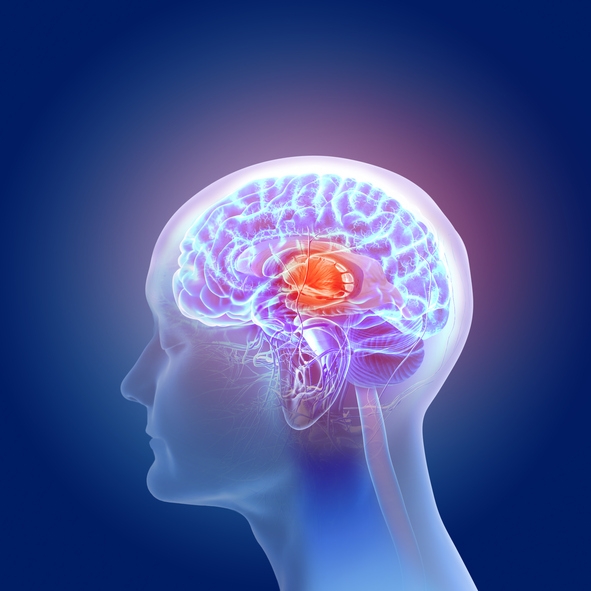The external signs of aging are all pretty familiar to us. Graying hair, more wrinkles, and problems with memory are all common parts of the aging process. However, what exactly happens to the brain as we age is still very unknown. Experts have theories surrounding neurological diseases. But at The Hebrew University of Jerusalem, they have developed a new way of imaging the brain and its complexities. Scientists are calling this method quantitative MRI. It has the ability to even characterize changes in the composition of brain tissues. Studying aging in a new way like this is exciting and promising in the field of aging research.
Much like a blood test can decipher the composition of the patient’s blood, quantitative MRI’s can look at the brain on a molecular level. According to this U.S. News article, current MRI technologies mainly look at structure of organs like the brain. Therefore, this is a whole new, and non-invasive, way to accomplish studying aging and its effects.
It can detect changes in water content, as well as differences in lipid and protein compounds. Until this point, risky and invasive procedures were the only way to look at these changes. By using quantitative MRI, they have already found decreases in the volume of white matter of the brain. On the other hand, they have been able to identify that gray matter stays the same volume. Yet the molecular makeup is altered greatly when compared to younger brains.
So what does this all mean for the future of aging research? Experts hope to use this new method to distinguish between normal aging symptoms, and neurological diseases like Alzheimer’s and Parkinson’s. Furthermore, a huge plus side is that this can be done in a completely non-invasive way. This is expected to have far reaching clinical implications in the future. More research is in process in order to make quantitative MRI more accurate and specific. But this is a huge step towards better and quicker diagnosis and treatment. And ultimately quality of life.


